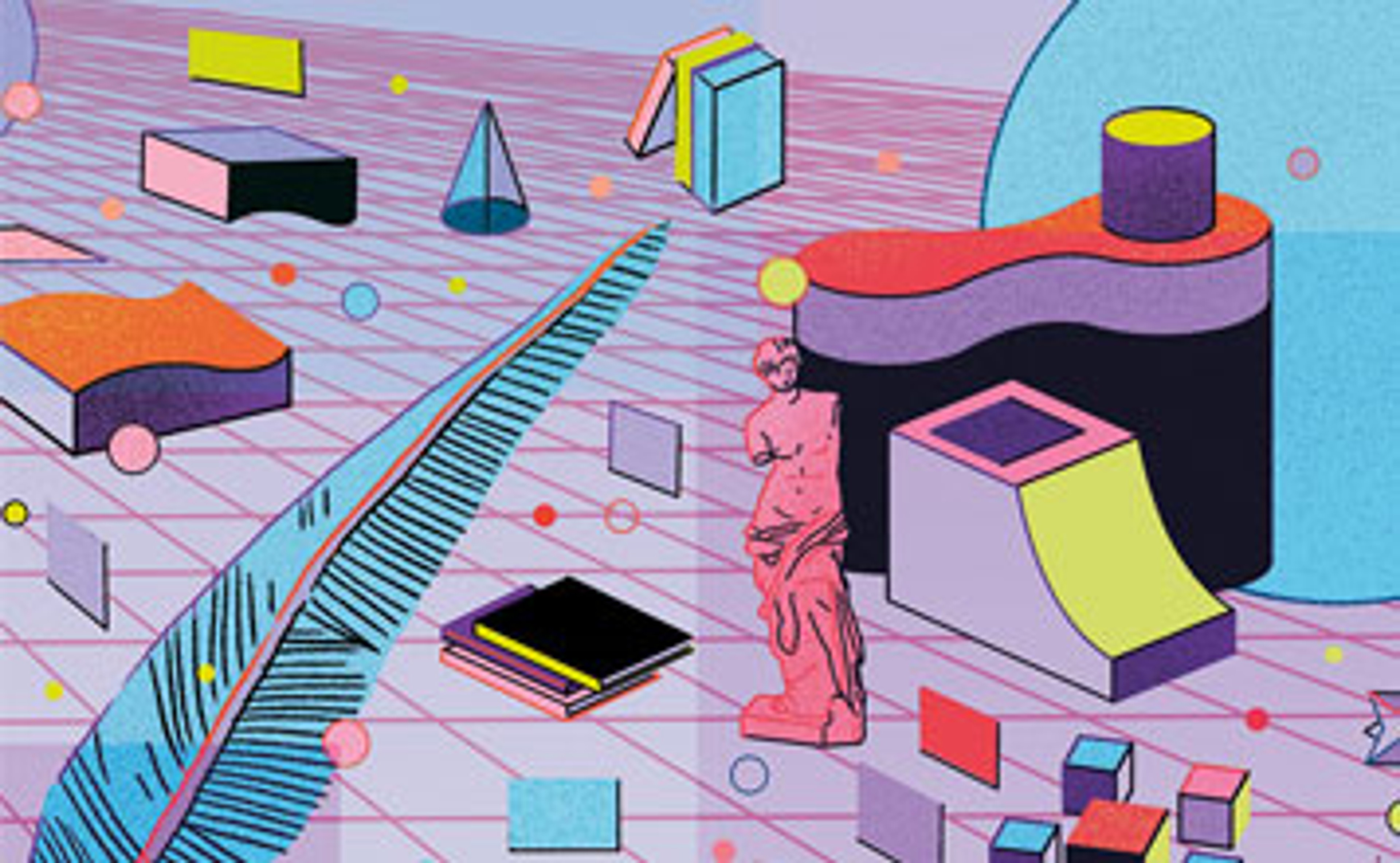Shunong Bai

Shu-Nong Bai is a Professor of Plant Biology of School of Life Science, Peking University. He has worked on plant developmental biology since 1983. Following his empirical investigation on various plant developmental events, he has developed an alternative perspective to revive the classic view to treat a plant as a colony of individuals, rather as an individual. In his newly proposed theory, “plant morphogenesis 123”, he has integrated some concepts he proposed previously including “plant developmental unit”, “sexual reproduction cycle”, and “plant developmental program”. To understand the underlying driving force of plant development, he was fascinated by the question “what is life”. Eventually, he realized that the question should be instead addressed as “what is live”. In collaboration with two mathematicians, he is able to define the “live” or “living” as a “structure for energy cycle”. At Berggruen, Bai will be working on interpreting human behavior following the “Logic of Life”, deduced from the “structure for energy” law.
